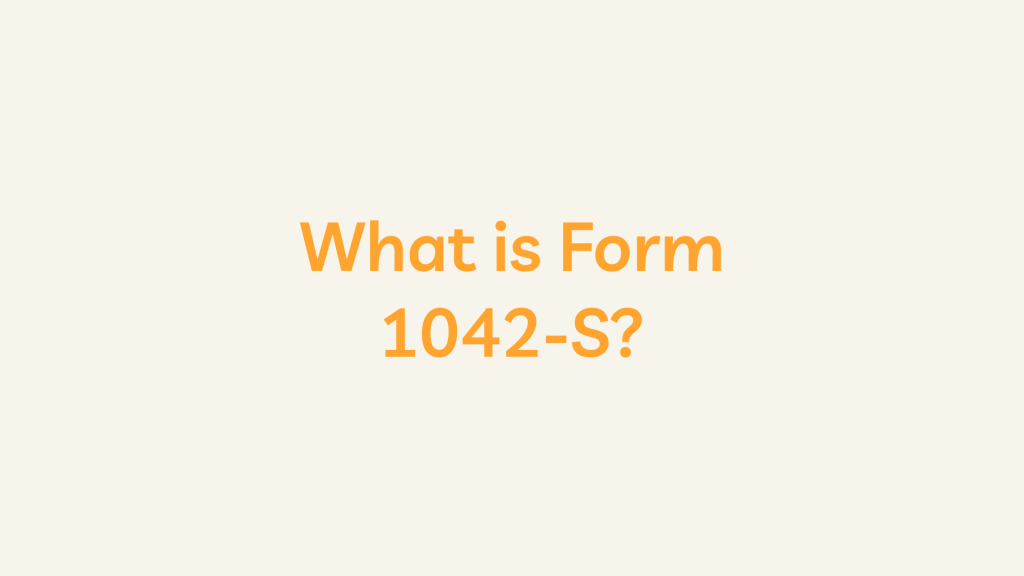Introduction
Form 1042-S is a crucial component of the United States tax system, specifically designed to facilitate reporting income paid to foreign individuals and entities. Issued by the Internal Revenue Service (IRS), this document ensures compliance with U.S. tax regulations while providing a comprehensive overview of income subject to withholding for non-resident aliens. In this detailed guide, we will explore the intricacies of Form 1042-S, shedding light on its purpose, the entities involved, and the vital information it encapsulates.
1. Purpose of Form 1042-S
Form 1042-S serves a dual purpose. Firstly, it is a detailed record of income payments made to foreign individuals, corporations, and other foreign entities. Secondly, it facilitates the enforcement of U.S. tax laws by tracking income subject to withholding. The form ensures transparency and accountability in cross-border financial dealings by meticulously documenting such transactions.
2. Who Files Form 1042-S
Various withholding agents, including U.S. payers and certain foreign intermediaries, are responsible for filing Form 1042-S. These entities play a pivotal role in ensuring that the appropriate taxes are withheld on specific types of income. Compliance with U.S. tax laws is a shared responsibility between the payer and the withholding agent, underscoring the importance of accurate and timely filing.
3. Information Included in Form 1042-S
Form 1042-S provides a wealth of information regarding income payments to foreign entities. This includes the precise amount disbursed, the nature of the income (such as wages, dividends, or royalties), and details about any withholding tax applied. Additionally, the form captures essential information about the recipient, such as their name, address, and country of residence, creating a comprehensive snapshot of the financial transaction.
4. Types of Income Reported
The form covers a diverse array of income categories subject to withholding. These encompass wages and compensation for services performed in the U.S., scholarships, fellowship grants, royalties, certain dividends, and nonemployee compensation. Including various income types underscores the form’s versatility in capturing different financial scenarios involving foreign entities.
5. Withholding Tax Rates
Integral to Form 1042-S is the concept of withholding taxes. The rates applied depend on the specific type of income and any existing tax treaties between the U.S. and the foreign individual’s country of residence. A nuanced understanding of these rates is essential for withholding agents, ensuring accurate and lawful withholding of taxes on income disbursed to foreign recipients.
6. Filing Deadlines and Penalties
Timely and accurate filing is imperative when it comes to Form 1042-S. Withholding agents must adhere to strict IRS deadlines, failure of which may result in penalties. The significance of punctual and precise reporting cannot be overstated, as it directly impacts compliance and helps avoid potential financial repercussions.
7. Recipient’s Responsibilities
For foreign individuals or entities receiving income subject to withholding, Form 1042-S holds valuable information. Understanding the details presented in the form is crucial for their own tax reporting. This is particularly relevant when seeking refunds or credits for withheld taxes, emphasizing the reciprocal relationship between withholding agents and recipients.
Conclusion
Form 1042-S stands as a cornerstone in the U.S. tax framework, ensuring transparency and adherence to regulations in the realm of international financial transactions. Navigating the complexities of this form demands a comprehensive understanding of its nuances – from filing deadlines to withholding tax rates. For both withholding agents and recipients, the Form is vital in maintaining compliance, fostering accountability, and promoting the smooth flow of cross-border financial activities.
